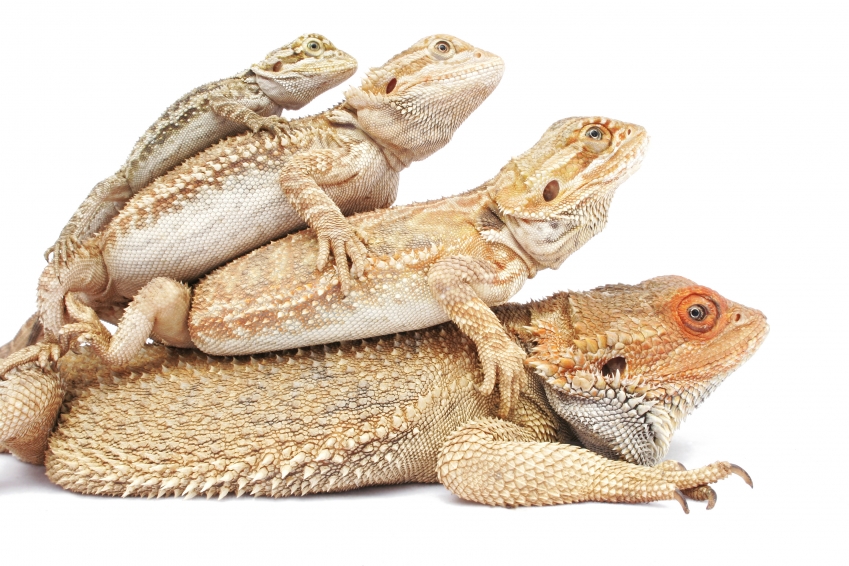Bearded Dragon Infection - Causes, Symptoms, and Treatment
Introduction
Bearded dragons are affectionate and intelligent pets, and they are known for their docile nature. However, like any other animal, they are susceptible to infections, which if left untreated, could be life-threatening. Bearded dragon infections can occur due to several reasons, such as poor diet, inadequate living conditions, and poor hygiene, among others. This blog post will provide you with everything you need to know about bearded dragon infections, including the causes, symptoms, and treatment options.
Causes of Bearded Dragon Infections
Bearded dragons can develop infections due to several factors. Some of the common causes of bearded dragon infections include:
- Poor diet
- Inadequate living conditions
- Poor hygiene
- Stress
- Lack of exercise
- Injuries from fights with other bearded dragons
Symptoms of Bearded Dragon Infections
Bearded dragons can show several signs and symptoms if they have an infection. Some of the common symptoms of bearded dragon infections include:
- Lethargy
- Lack of appetite
- Swollen joints
- Discoloration of the skin
- Open wounds
- Constipation
- Diarrhea
- Runny nose and eyes
- Difficulty breathing
Treatment Options for Bearded Dragon Infections
If you notice any of the symptoms mentioned above, you should take your bearded dragon to a veterinarian immediately. The treatment options for bearded dragon infections vary depending on the type and severity of the infection. Some of the common treatment methods include:
- Antibiotics
- Pain relief medication
- Surgery
- Cleaning and disinfecting the living space
- Hydration therapy
- Improved nutrition
- Providing adequate lighting and heating
- Reducing stress levels
Prevention of Bearded Dragon Infections
Preventing bearded dragon infections is relatively easy, and you can do several things to help keep your pet healthy. Some of the prevention methods include:
- Providing a balanced diet that meets the bearded dragon’s nutritional needs
- Keeping the living space clean and hygienic
- Providing adequate lighting and heating
- Avoiding overcrowding bearded dragons
- Paying attention to bearded dragon behavior and addressing any issues noticed
- Taking your bearded dragon to the veterinarian for regular check-ups and preventive care
Conclusion
Bearded dragon infections can be life-threatening if left untreated, and so you should take quick action if you suspect your pet has an infection. Regular check-ups with your veterinarian and proper hygiene and nutrition can help prevent infections and keep your bearded dragon healthy. We hope this blog post has been helpful in providing you with the necessary information on bearded dragon infections, and we wish you all the best in your endeavor to keep your pet healthy and happy.







